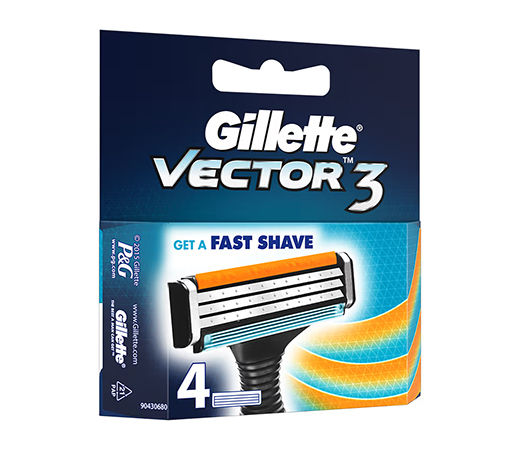Be it a clean shave or reshaping a well-maintained tuft, a good quality trimmer and razor can always elevate a grooming routine but at times, they can even cause painful, itchy razor burns. They can occur anywhere you regularly shave like the face, legs, armpits and groin. In order to know how to remedy razor burns, let’s understand the difference between razor burns and razor bumps.
The Difference Between Razor Bumps And Razor Burns
While they may be used interchangeably, razor bumps and burns are slightly different. Razor bumps refer to ingrown hair that gets trapped within a new layer of skin. These also occur due to reasons like using a blunt razor, shaving too often or not exfoliating the skin properly. Razor burns, on the other hand, are inflamed rashes that can cause an uncomfortable burning sensation right after shaving. There are multiple causes behind this red, painful rash. Let’s take a close look.
Reasons Behind Razor Burns
Using A Blunt/Overused Razor
An overused or blunt razor can sometimes be more dangerous than a clean, sharp blade because with you tend to put more pressure on the skin. The aggressive friction between the tuft, skin and razor can result in painful cuts, ingrown hair and razor burns.
Dry Shaving
Are you someone who shaves on dry skin? Word to the wise – please stop! Dry shaving is never a good idea as the lack of an emollient, foamy layer can cause even more friction. Dry skin and beard usually lack natural oils. Therefore, there isn’t a satisfactory slip through which the blade can glide. As a result, one can experience nasty razor burns.
Adding Too Much Pressure
If you’ve added extra pressure on the skin with a razor to quicken the shaving process, then it’s time to ditch this practice as it can lead to skin damage and also make the razor slip off the skin, causing painful inflammations and several ingrown bumps.
Not Using Enough Shaving Cream
Forgoing or not using an adequate amount of lathering shaving cream will not give your beard the required softness for the razor to shave it off efficiently. This leads to an uneven shave and red razor burns.
How To Prevent Razor Burns
Regular Exfoliation
Daily sun damage, exposure to pollutants, and accumulation of dust and grime can clog pores, contributing to the buildup of dead skin cells and a gritty texture. So, it’s important to exfoliate the skin once or twice a week to get rid of the texture and dead skin cells. A consistent exfoliating routine will leave the skin smooth and hair follicles clean for a smooth shave.
Nykaa recommends:
Moisturise and Hydrate
Though this is the most basic skincare advice, moisturising and hydrating the skin can be quite transformative. Using a moisturiser or hydrating serum conditions and smoothens the skin and strengthens the skin’s natural moisture barrier. This can greatly help your skin stay resilient against razor burns on the face and other parts of your body.
Nykaa recommends:
Swap Out The Razor Blade
As mentioned before, using a blunt razor is a common reason behind razor bumps and razor burns. That’s why it’s a general rule of thumb to always replace the razor blade after every 5–10 uses. This can be slightly altered based on how thick or thin the beard growth is.
Nykaa recommends:
Use The Right Shaving Cream
One can never go wrong with a creamy, foamy shaving cream. A shaving cream with a moisturising base can do wonders especially if you have dry skin or a thick, unruly beard. Using a good dollop softens the skin and the beard so that the razor smoothly glides through without irritating the skin.
Nykaa recommends:
Try Skin And Beard Slugging
This one’s for all of you who have a dry, sensitive skin type. Dry skin lacks natural oils and sensitive skin can be prone to redness and inflammation. Slugging is a skincare technique where you lather the skin with a generous layer of petroleum jelly, skin salve or a carrier oil. This deeply softens the skin and beard to make your shaving routine hassle-free. Just remember to wipe off the excess before going in with a shaving cream.
Nykaa recommends:
Post-Shave Care
No matter the skin type, you should always prioritise post-shave care. When you shave, your skin can often feel a bit tight and dry due to the loss of natural oils. Though this is normal, it’s important to follow up with beard oil or an aftershave. Beard oil will moisturise the hair and strengthen the hair follicles for healthy beard growth, while an aftershave will soothe any nasty cuts or razor burn and disinfect the skin.
Nykaa recommends:
So there you have it, the perfect set of razor burn remedies for a shaving routine that’s oddly satisfying without the unwanted appearance of razor bumps or razor burns.












